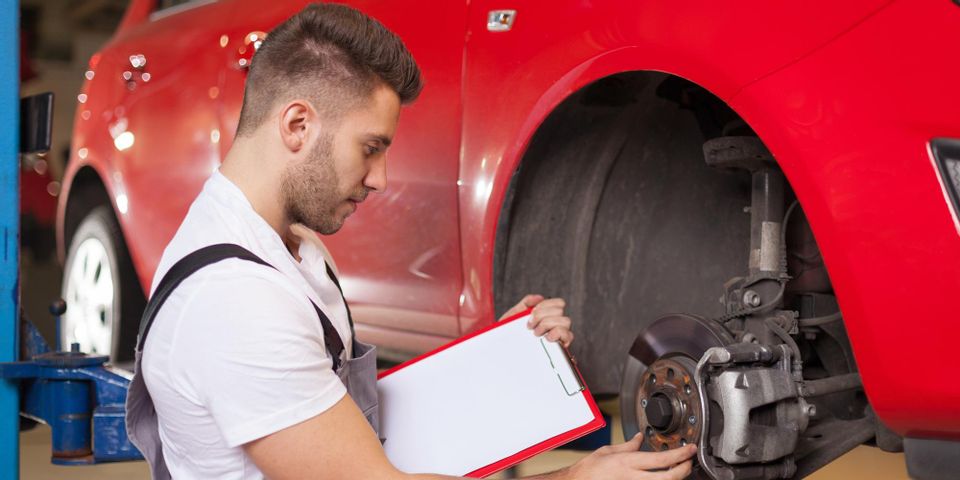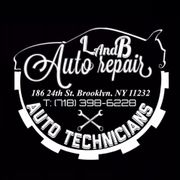
You use your brakes every day, but do you know how they work? Understanding how this essential component functions can help you take better care of your vehicle and determine when you should take it to a professional for brake service. The more you know about the parts making up your car, the more alert you’ll be to signs of trouble.
How Your Car’s Brake System Functions
What the System Contains
Modern vehicles typically feature brake boosters that apply pressure to the system so you don’t have to push hard on the pedal to stop your car. Even if your vehicle doesn’t include a booster, it features four brakes total — two that stop the front wheels and two that halt the back wheels. The front brakes do the majority of the work.
 Other major system parts include the master cylinder that contains brake fluid, as well as brake lines. Most contemporary vehicles have disc brakes that include hubs, brake pads, and calipers containing the rotors and pistons. Hubs make up the keyed or splined portion of the disc brake, while the calipers and pads work with the rotor during braking. Calipers come in floating (also known as sliding) and fixed versions. Floating calipers move on a track, while fixed versions are mounted to the auto part.
Other major system parts include the master cylinder that contains brake fluid, as well as brake lines. Most contemporary vehicles have disc brakes that include hubs, brake pads, and calipers containing the rotors and pistons. Hubs make up the keyed or splined portion of the disc brake, while the calipers and pads work with the rotor during braking. Calipers come in floating (also known as sliding) and fixed versions. Floating calipers move on a track, while fixed versions are mounted to the auto part.
How The Parts Work Together
All brake systems rely on the scientific principles of kinetic and heat energy. Friction and resistance from fluid and subsequently pad pressure transforms moving, or kinetic, energy into heat energy that stops your car. Faster driving equals more kinetic energy and therefore more pressure on the system when you stop, causing brake pads to wear out faster.
When you hit your brake pedal, the piston within the master cylinder starts turning to send brake fluid through the attached lines. Each wheel has its own line to distribute fluid evenly. Because brakes are hydraulic systems, the calipers respond to pressure from fluid sent through their pistons. It causes the pads on the calipers to put pressure on the rotors to stop your vehicle. Since the pads eventually thin, timely replacement keeps the calipers from making direct contact with the rotor and causing it to warp. Rotor replacements are among the most expensive brake services, so try to replace your pads every 40,000 to 60,000 miles.
If it’s time for brake service, rely on L & B Auto Repair in Brooklyn, NY, to keep your car’s safety system in excellent condition. Known for providing residents of Park Slope and West Brooklyn with reliable, personable, highly-customized services since 1992, this family-owned auto maintenance shop offers everything from oil changes to engine tune-ups, all at reasonable prices. Call (718) 398-6228 today to schedule brake service.
About the Business
Have a question? Ask the experts!
Send your question

